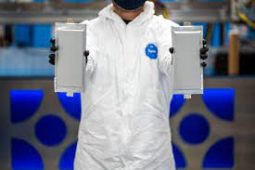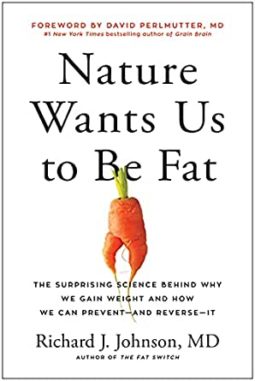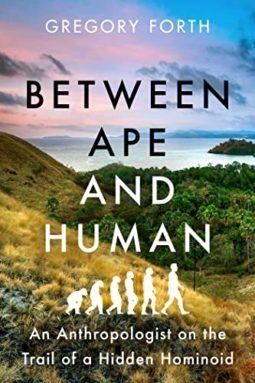
Better Electric Car Batteries are a key to moving toward all-electric cars. While the standard liquid lithium ion/graphite battery is making advancements, this week’s show focuses batteries that add new materials to the mix for batteries that could be safer, faster charging and longer range. Featured are Colorado’s Solid Power solid state battery, the Sila Battery that includes silicon, and the new Nyobolt‘battery that uses the rare earth metal niobium. Experts who provide explanations include Doug Campbell, Solid Power cofounder and former CEO, John Capodilupo, CoFounder of WHOOP! Fitness tracker (WHOOP is the first commercial product using a new – in this case, Sila’s), industry analyst Mark Newman, plus a common sense look at batteries from Shelley’s neighbor Bill.
RELATED SHOW: Recycling Lithium Ion Batteries
Executive Producer: Beth Bennett
Show Producer: Shelley Schlender
Engineer> Shannon Young
Listen to the show:
Podcast: Play in new window | Download (Duration: 26:58 — 37.0MB)
Subscribe: RSS











